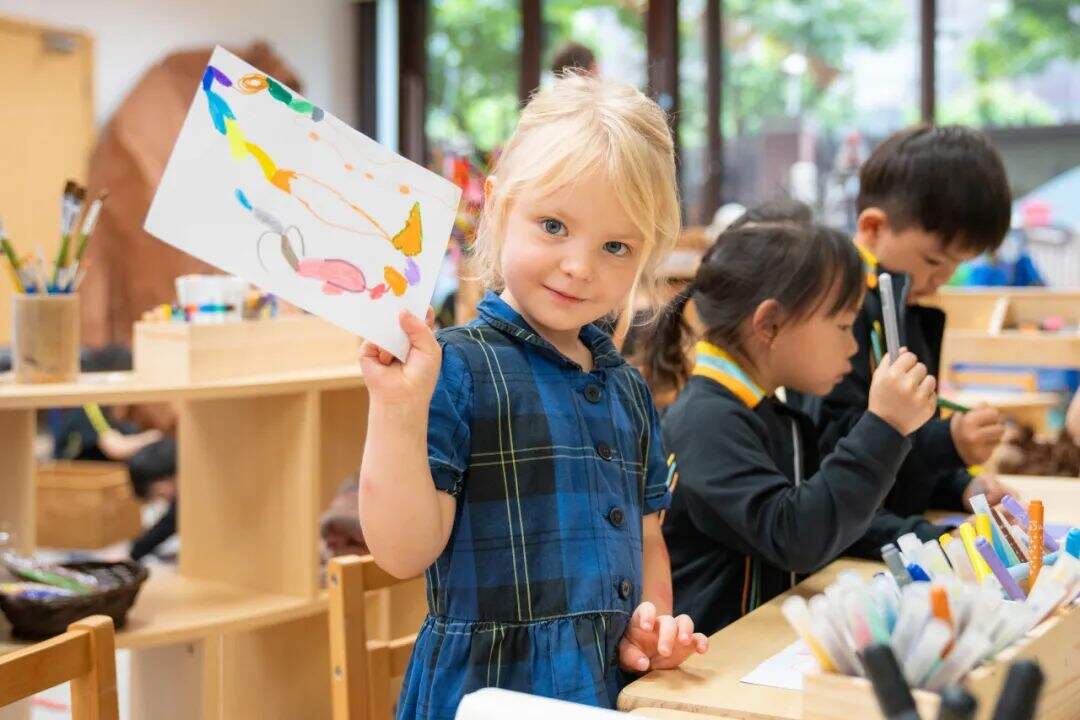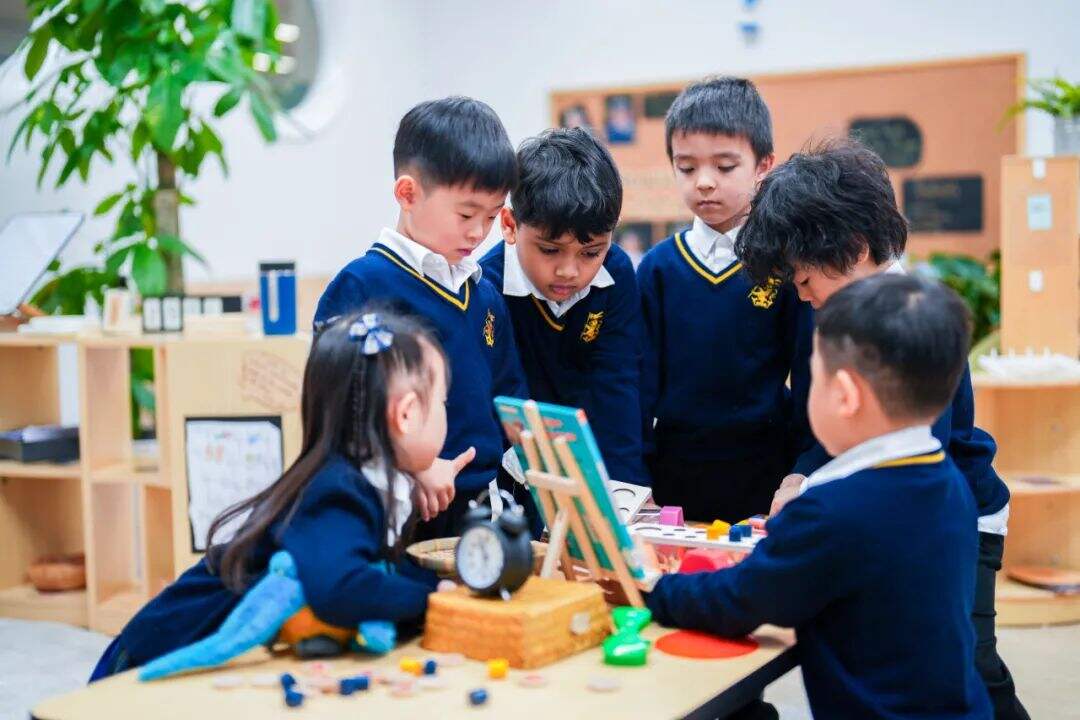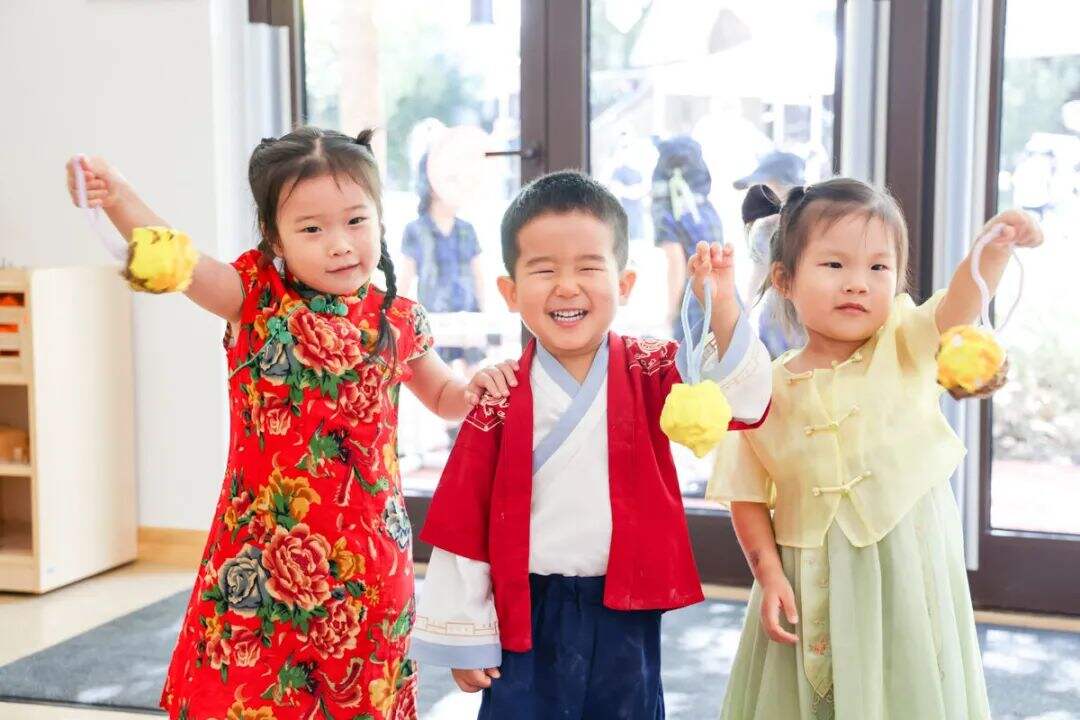Helping our little ones manage their big feelings

Unlocking Early Years success: Be Well. Do Well.
As parents of young children, we know all too well how quickly emotions can escalate. One minute, your little one is giggling with joy, the next they are dissolving into tears or a full-blown tantrum. While it may feel overwhelming in the moment, these emotional outbursts are a normal part of early childhood development. The good news is there are practical strategies you can employ to help your child learn to recognise, regulate and appropriately express their feelings. By doing so, you will not only make those tricky toddler meltdowns easier to manage, but you will also be instilling in your child a set of crucial life skills.
Acknowledge your
child’s feelings

First and foremost, your child must feel seen, heard and loved. This means acknowledging your child's emotions. Rather than dismissing or diminishing how they feel, take a moment to acknowledge what they are going through. You could say something like "I can see you're feeling really angry right now" or "I know you're feeling sad that we have to leave the park." This shows your child that their emotions are understood and acceptable.
Help your child
name their feelings

We are so much better equipped to address a problem when we know how to talk about it. This is as true for children as it is for adults. Young children, however, often struggle to articulate what they are feeling, so helping them build this vocabulary can make a big difference. As you acknowledge their feelings, you could add phrases such as, "You seem frustrated" or "I think you're feeling scared." In time, your child will learn how to make their own connections between words and feelings.
Practical strategies for
building emotional regulation skills
Of course, simply naming emotions is not enough. A child also needs a healthy and constructive outlet for these feelings. If a meltdown seems imminent, introduce calming strategies like taking deep breaths, squeezing a stress ball or going for a walk together. You can also encourage them to use their words or draw a picture that depicts how they feel.
Model the appropriate behaviour

For the first few — and, arguably, most important — years of your child’s life, you are their key reference point. They watch you for cues on how to respond to the world and make no mistake; they register everything they see. This is why it is so important to model the behaviour that you would like to see in your child. When you experience one of those inevitable moments of stress or overwhelm, don’t react. Step back. Take a breath. Use the moment as an opportunity to be more mindful of your emotional state. Then, employ the abovementioned strategies yourself! You can even narrate to your child what's happening. For instance, "Mummy is feeling a bit worried about that loud noise. I'm going to take some deep breaths to help me feel better." If they see how well it works for you, they may try it too.
The power of imagination
and creativity

Art, imagination and play can be powerful outlets for troubling emotions. So, encourage your child to explore these avenues. You might encourage your child to draw a picture of a time they felt sad. A medium like modelling clay adds a comforting tactile dimension to an exercise like this. Role play or playacting is another effective method.
Create a ‘calm down corner’
Another helpful strategy is to set up a ‘calm down corner’ in your home. This would be a quiet, comfortable space stocked with soothing sensory objects like weighted blankets, fidget toys and calming books. Encourage your child to take a break and regroup there when they start to feel overwhelmed.

Of course, every child is different, so you may need to get creative and try out a few approaches to see what works best for your little one. The key is to be patient, consistent and, most importantly, judgment-free. Emotional regulation is a skill that takes time and practice to develop.
The early years are a critical window for building these essential life skills. By equipping your child with the tools to recognise, express and manage their feelings in healthy ways, you are setting them up for greater emotional intelligence, resilience and wellbeing in the years to come. So, keep those conversations flowing, get playful with emotions and celebrate each small step forward.

Related Articles















